Omo valley ethnic groups
Isolated for thousands of years around the world , the beautiful valley of the Omo is home to an exciting mix of many small and distinctive tribal groups.
In this captivating region , you are privileged to witness old customs and ancestral rituals , you will learning symbolisms that are an integral part of the daily life of these unique people.
Main features

Code
ATE 105

Duration
10 days/9 nights

Accommodation
Hotels/Lodges

Itinerary
Addis Ababa - Turmi - Jinka - Konso - Market Keyafer - Mursi - Hammer - Arbaminch - Dorze - Hawassa

Highlights:
- ceremonies
- bull jumping in Hamer
- Colorful markets , high hangouts different ethnic groups

Departure date
All the year

Price
From 2.060 €. Prices are subject to a minimum basis
Omo Valley ethnic groups represent a journey in their own right. They are synonymous with unforgettable human encounters.
The Omo Valley, located in southwestern Ethiopia, is one of the most diverse regions in Africa. Several different ethnic groups inhabit the Omo Valley. Each has its own language, culture and traditions.
The main Omo Valley ethnic groups
- The Mursi are known for women with lip plates. Mursi women carry discs of wood or clay in their lower lip. Members of the community consider this a sign of beauty.
- The Hamer are known for their bull jumping rituals which mark the passage to adulthood. Hamer men jump naked on the back of a column of bulls several times. Also, the women meanwhile sing, dance and are flogged. These acts demonstrate their support and encouragement.
- The Karo are known for their body paintings made with natural pigments. Body paintings often depict geometric patterns. Weddings and funerals are the main reasons for their use.
- The Surma are known for their practices of scarification carried out using razor blades. Community members view scars as a sign of beauty and physical strength.
- The Nyangatom are known for their pastoral way of life, which involves regularly moving their herds of cattle according to the seasons and water resources.
Ethnic groups all have their own language, their own belief system and their own traditions.
Finally, the peoples of the Omo Valley continue to preserve their unique cultural heritage, despite the challenges they face, including the pressure exerted by modern societies and the loss of ancestral lands.
Ask for the brochure with the form opposite for details.
More information on this Tour ?
